From Buch S-Bahn station, it is just a few steps to Buch Castle Park. The small park of about 13 hectares is part of the Natura 2000 area in Buch and invites you to take a walk in any season.
Around 1607 there was a castle with a park in Buch. Baron von Pölnitz acquired this complex around 1670. He had not only the castle but also the park redesigned according to his wishes. He must have been a fan of Holland, because he had a Dutch baroque garden laid out. Even a canal system was created in which fish farming was practised.

The next owner acquired the grounds in Buch in 1724. Adam Otto von Viereck had an orangery built and a nursery with a pineapple house, a pheasantry and a maze were created in the park.
Almost 100 years later, around 1810, there was another change of owner who did not like the park design. The von Voß family preferred a landscape park with a pond, wooden bridges over the Panke and a small hill.
The smallest bridge in Berlin
In 1898, the city of Berlin took over the park and the palace and opened the park to the public.
The wooden bridges were partly replaced by metal constructions. The smallest bridge in Berlin is also said to be located here. It has a span of barely 2 metres. Unfortunately, we were able to cross some of the bridges that exist today during our walk through the park, but it was not clear whether the smallest bridge was among them. There were no signs or indications of it. Perhaps it was the bridge under which a park inhabitant had retreated in search of shelter.

Today in the Buch Castle Park
After the Second World War, extensive restoration work took place in the palace park. The Soviet Memorial at the edge of the park was also built during this time.

In 1964, the castle was blown up for political reasons, although it had survived the war almost unscathed. Today, a sculpture stands on the site.
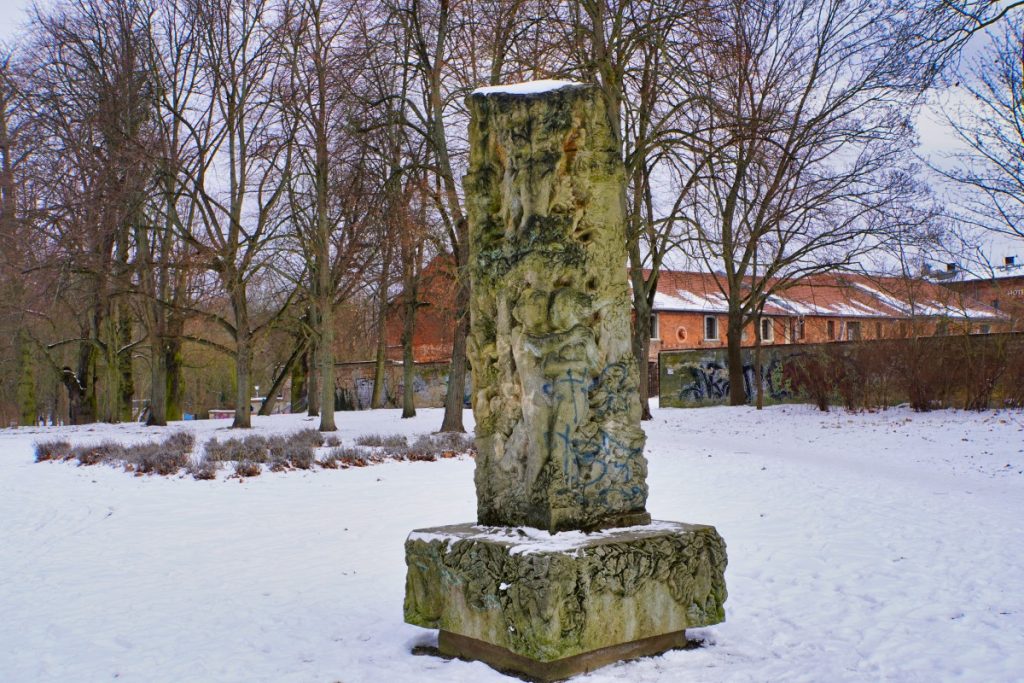
The historic pathways and watercourses have now been largely restored, and since 1993 the castle park in Buch has been on Berlin’s list of monuments.
The plantings in the castle park were all created horticulturally. This means that you can also find plants here that are otherwise hard to discover. During our visit there was snow, so unfortunately there was not much to see. We could hardly see any animals, it was just too uncomfortable.
The Buch Castle Church
The castle church stands on the edge of the castle park in Buch. The church was built in 1731 for the von Viereck family at the same time as the castle was being renovated.

The church was badly damaged during the Second World War. It was only partially rebuilt true to the original. The tower was left out, which makes the church look rather squat today. A tower, I think, stretches the appearance towards the sky; without a tower, the building looks flat and less imposing.
What can still be seen very well today is the different façade design. On the side where the castle used to stand, the windows are closed, while towards the park large open windows give a representative impression.

I really like the colourful design of the church. It really shone on the snowy winter day and was an eye-catcher at the edge of the park. Unfortunately, the church was closed and so we couldn’t take a look inside.
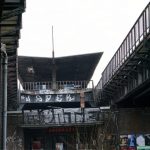








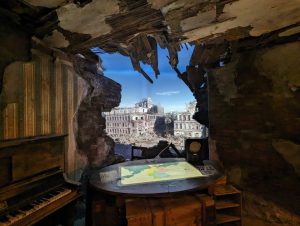






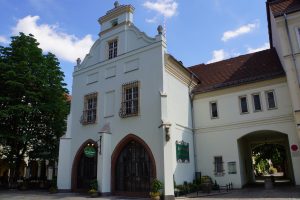
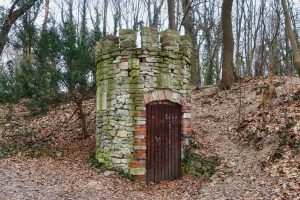
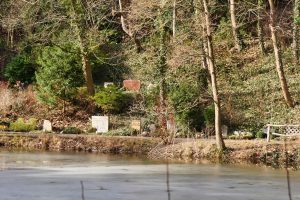
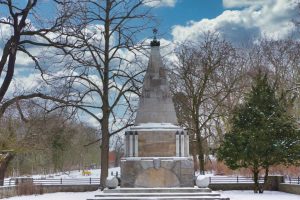





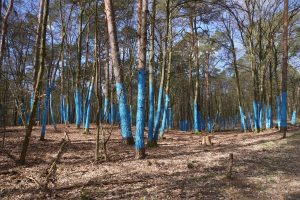




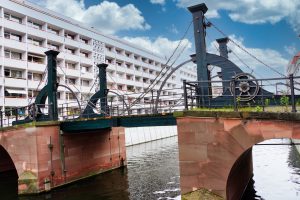
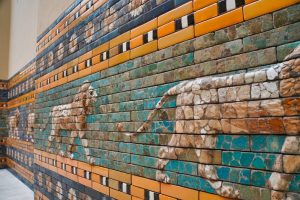



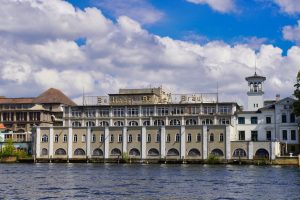









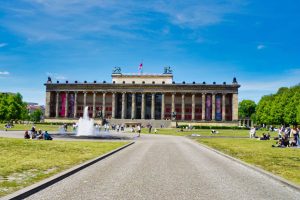





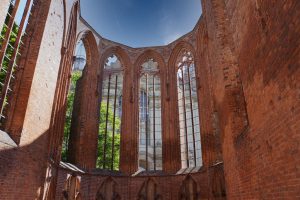



















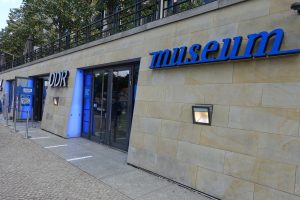





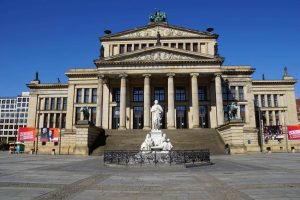







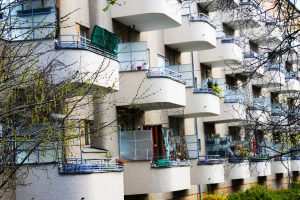










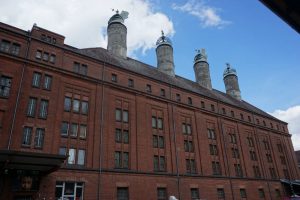





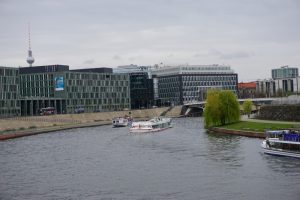









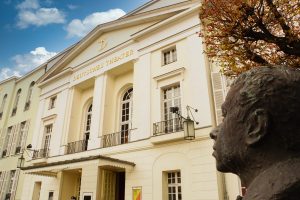


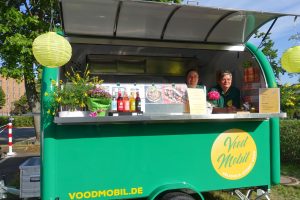















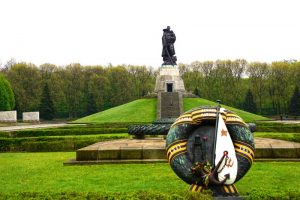














Leave a Reply